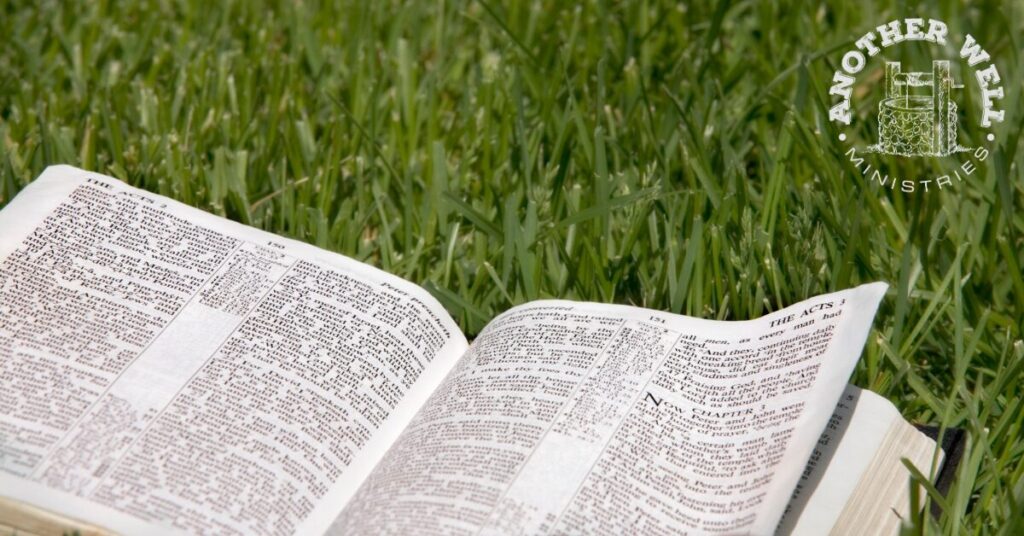Let’s see-trillion dollar spending bill, chocking energy reserves, gas going over $4.50 a gallon, possible nuclear war in Ukraine-did I miss anything?
In February of this year, Michael Burry of “The Big Short” fame warned of “Weimar-style” hyperinflation in a now-deleted Tweetstorm. (“Now Deleted”- Starting to notice a trend yet??)
“People say I didn’t warn last time. I did, but no one listened. So I warn this time. And still, no one listens. But I will have proof I warned.” I can relate.
The Bank of America’s Head of US Equity & Quantitative Strategy Savita Subramanian, warns “At the least, transitory hyperinflation ahead,”.
Venezuela only took about 5 years for the Bolivar to lose 90% of its value while inflation soared to 1.37 million percent. Zimbabwe had the same situation.
The volatility and general weakness of the US economy has been noticed.
“Cash is and will continue to be trash” stated Ray Dalio earlier this year. Big surprise; the U.S. dollar has been weakening in value ever since 2002.
Consumers purchasing power also keeps tumbling, and has been in a free fall decline since 1933 (chart below):
According to Jamaie Dimon, the problems in the U.S. go much deeper, and he even suggested “diversification” from the U.S. itself.
On top of the COVID-19 pandemic, which thankfully appears to be winding down (at least for this round; stay tuned for rounds two and three), civil unrest and protests inside the U.S. have also been in the headlines since June 2020.
Will things get that extreme in the U. S? Maybe not, but the lessons from 1923 Weimar revealed they may not have to.
Just before these hyperinflation examples cash was being “printed” like it was going out of style — similar to the Fed’s new MMT policy.
Which brings us to today …
Will the “Unthinkable” Happen in 6 Months?
The inflation-tracking website ShadowStats, started by Economist John Williams, said:
“I am looking down the road, and in early 2022, I am looking for something close to a hyperinflationary circumstance and effectively a collapsed economy.”
He bases his bleak outlook on the pre-1990 methodology that was used in the United States before the Fed stopped factoring in a “constant standard of living.”
Below you can see a Market Insider comparison of prices in 2020 versus 2021 for items like gas, wheat, and corn (among others):
1,000 feet of lumber board: $304 to $1,500
Gallon of gas: $1.95 to $3.05
Ton of wheat: $183 to $251
Ton of coal: $39 to $80
Bushel of corn: $3.43 to $6.86
(Now, to be fair, it should be noted that a substantial portion of this could be attributed to The Pandemic, and the subsequent recovery afterward.)
The point is that it is easy to look like you are doing well-as long as you refuse to look at the “checks written” side of you bank register.
As long as you ignore the bad everything will always look rosy.
The unthinkable may already be underway.
Even the official report revealed inflation had almost doubled last year year, jumping from 2.6% to 4.2% (driven by a 49.6% price increase at the gas pump-this has gone to 120% as of this writing)


I am personally trying to sell a house and was informed that the median price in my neighborhood jumped 7.4% IN THE LAST MONTH!
While this great for my sale, I doubt this is an indication of anything good.
Maybe my place is just really desirable.
Maybe I have a fantastic dwelling (I presume that the potentials LOVE ‘Burnt-orange’ beaded curtains …).
Maybe the cost of new construction is driving existing house sales prices through the roof.
Or … maybe the dollar isn’t worth as much as it used to be.
And that trend isn’t likely to slow down any time soon. Inflation isn’t a “light switch” that can be turned off. It’s more like a train that has already picked up speed: it will take time before it slows down.
The late libertarian economist Robert Wenzel (RIP) said he was being conservative with his warning that “inflation over 10% cannot be ruled out.” (No, I don’t think that he was “bumped”…)
Inflation that high isn’t what would be considered hyperinflation, thankfully; it would more closely resemble 1980s inflation in the U.S.
But-just throwing it out there- what if the outcome isn’t “conservative?”
Then it could get very expensive to live in the U.S. — and fast. The “American dream” Could End Up a Certified Nightmare.
In addition to food and gas prices there are other types of price inflation that could spiral out of control.
Starting in May of last year, housing prices (and rent) were already starting to become unaffordable for the majority of Americans.
The “American dream” of owning a decent middle-class home appears to be dissolving before our very eyes.
According to Money Metals: “Housing costs are skyrocketing. The median sales price of existing homes has spiked 16% over the past 12 months (from $270,400 to $313,000) — the fastest pace in 15 years.” See above.
The lumber price increase is partly at fault for that.
But other materials like copper, steel, and drywall aren’t getting any cheaper, and food costs are also starting to go up.
If the imminent inflationary period the U.S. is going through right now isn’t as “transitory” as the BofA executive warned — and is actually a longer-term crisis — then it will spell some pretty serious trouble for all consumer goods, not just housing.
I have to tell you that I have NO faith that our government will spend anywhere near as much effort to get this under control as they will on the propaganda telling us to remain calm and trust our overlords.
Federal Reserve Chairman Jerome Powell has hinted that long-term inflation is what we will see, telling 60-minutes: “But then we’d also like to see it on track to move moderately above 2% for some time.”
It’s probably a good idea to be prepared in case Powell’s next update talks about double-digit inflation.
To paraphrase the bad guy in the movie ‘Pirates of the Caribbean: “You’d best believe in Ghost Stories, Ms. Swan. You’re IN one.”
And replace “Ghost” with “Nightmare.”






